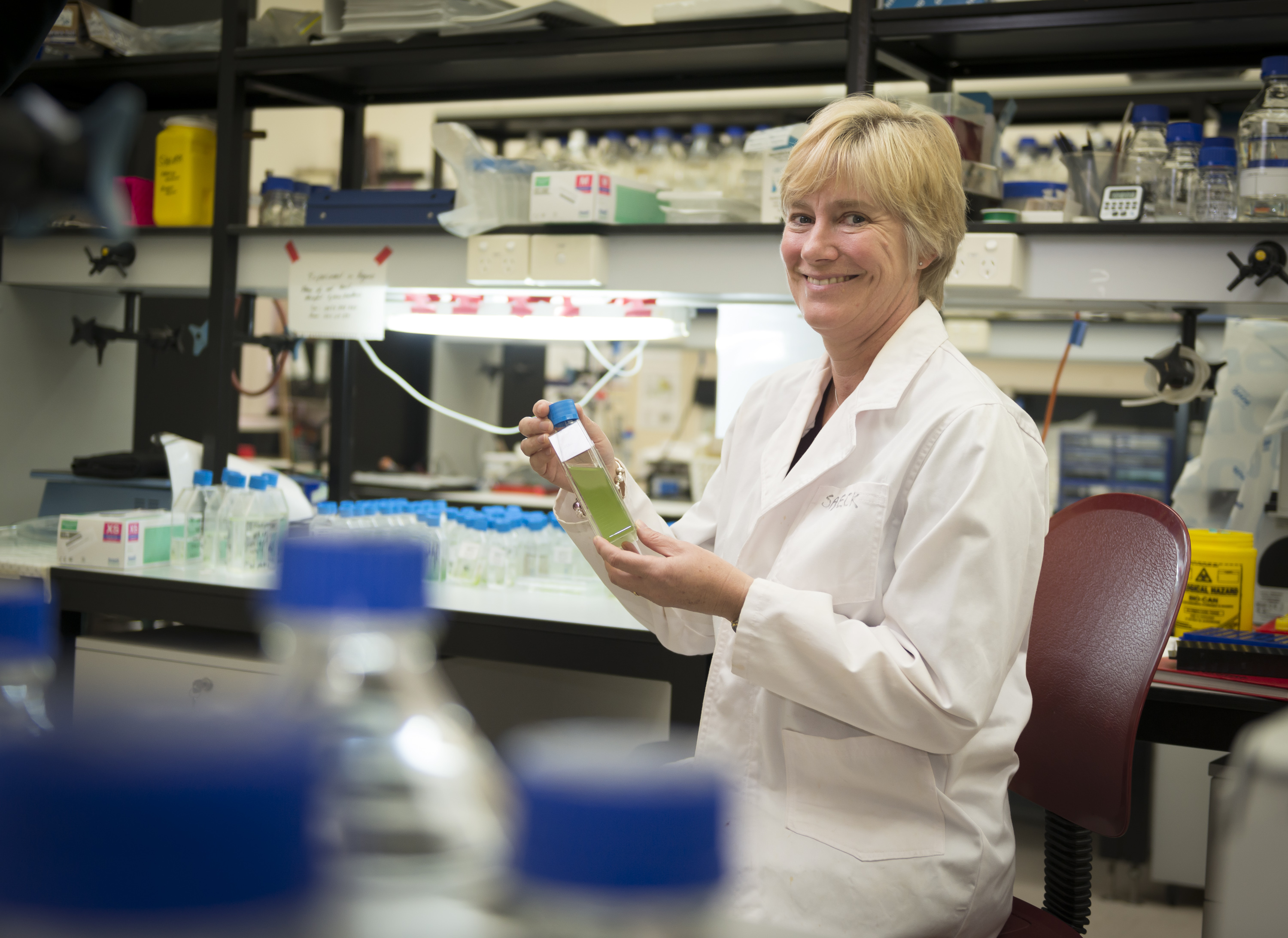With increasing interest in developing Gulf of Carpentaria catchments, a new Northern Hubprojectis improving our understanding of how water resource development could impact the health and productivity of floodplains, coastal areas and biodiversity (including fisheries) in the Gulf.
The water that flows into the Gulf of Carpentaria along the Flinders, Gilbert and Mitchell rivers and floodplains supports diverse ecosystems and nationally significant wetlands, as well as important recreational and commercial fisheries.
Project Leader Professor Michele Burford, of theAustralian Rivers Instituteat Griffith University, explains that information generated through the project will help government make informed management decisions.
“In particular we need to know how changing flow in the rivers earmarked for future development will affect aquatic production, wetland and coastal ecosystems, and biodiversity within the Gulf,” Professor Burford said.
“Our study will help us better understand the downstream impacts of water resource development in the Gulf catchments and hence the tradeoffs between the environmental, fisheries, recreational and agricultural benefits.
This information will help inform future water allocation decisions and improve our ability to ensure that development in the region is sustainable.”
The project team will use a number of fascinating techniques as part of their research, such as examining barramundi earbones to compare the growth of the species in different Gulf rivers, as well trace element ‘fingerprinting’ to link banana prawns to their estuary of origin.
The estuaries and coastal areas of the Mitchell, Flinders and Gilbert Rivers will be the focus of field work.
For more information see thestart-up factsheet.
